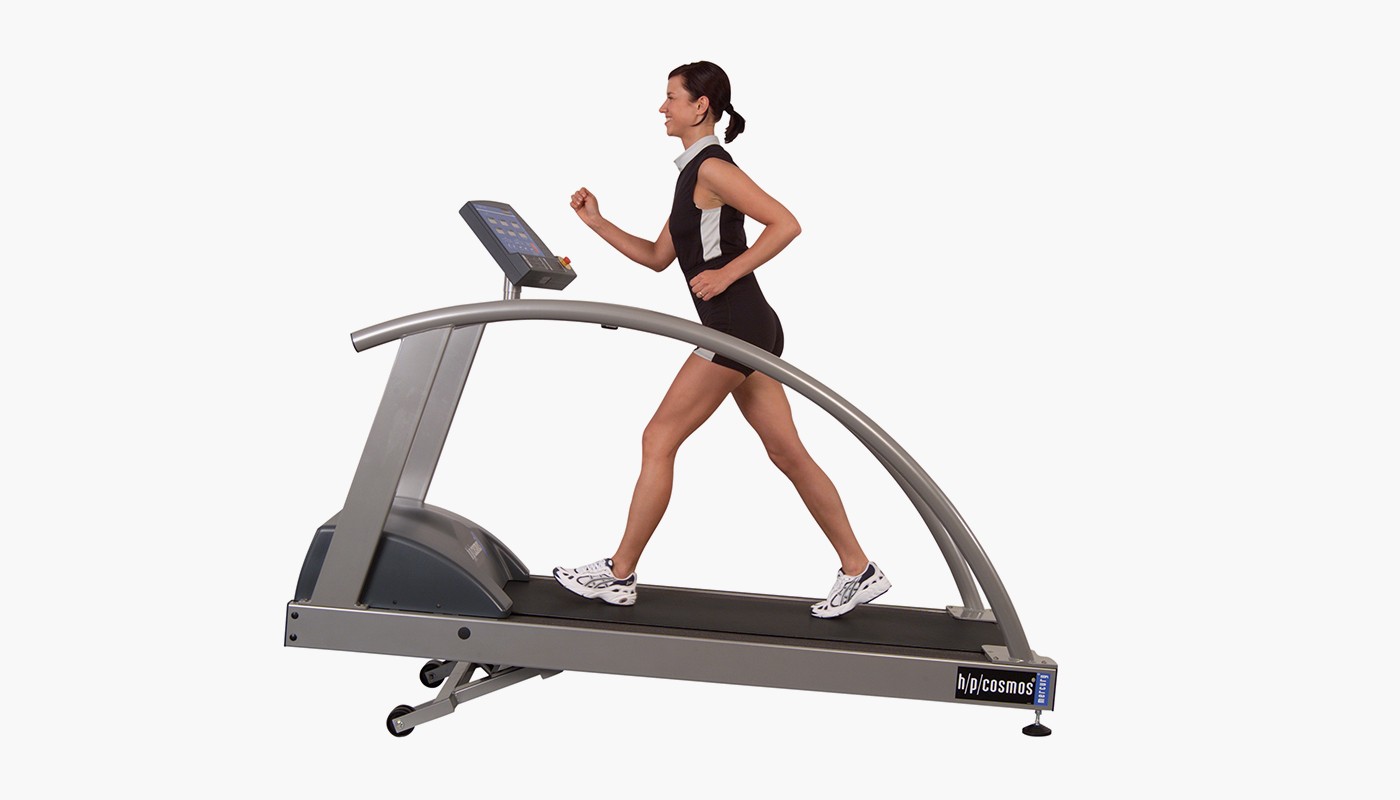The UKK 2 km Walk-Test
The UKK walk test (UKK are the initials for Urho Kaleka Kekkonen, founder of the UKK Institute in Tampere/Finland) makes it possible under certain assumptions to determine the approximately max. cardio respiratory efficiency (VO2 max) and therefore the physical condition of the subject. The UKK-walk test is perfectly suitable as a fitness check for fitness clubs or for athletes at schools for example. On the basis of this result a Fitness-Index is calculated with the help of a complex formula taking age, height, weight, test duration and Heart-Rate into consideration, which tells us whether the physical condition of the subject is above or below average. The value of 100 as the average serves as the base. If somebody's index-value is 90 then his physical condition is slightly below average. An index-value of 110 on the other hand would be above average.
The test explains itself by its name. In order to perform the test after having done some warming up and some stretching walk for 2 km as fast as possible (Do Not run!). It is important to keep the walking speed as high as is needed for the subject to achieve 80% of their max. Heart-Rate ( 220 – age). The test duration and heart-rate are measured immediately after finishing the 2 km distance.
As soon as the 2 km distance has been absolved the speed gets reduced to half the speed at the end of the test (2000 m). The Running-Machine operates as described under point "Manual-Mode" (the UP/DOWN-keys are in operation again) with one exception:
The display INDEX instead of indicating the wattage and energy consumption, indicates the test result (calculation following). The LED INDEX is flashing (top right hand side).
The test-result is the index-value which is calculated as follows (according to sex):
Men
INDEX VALUE = 420 + A x 0,2
– (T x 0.19338 + HR x 0.56 + [W : (H2) x 2.6])
Women
INDEX VALUE = 304 + A x 0.4
– (T x 0.1417 + HR x 0.32 + [W : (H2) x 1.1])
A = Age in years
T = Time = neede for 2 km in seconds
HR = HeartRate = average heart rate during the test in bpm
W = Weight in kg
H = Height in cm
Example
Male, Age: 50 years
Weight: 105 kg / Height: 188 cm
Duration of test: 17:34 = 1054 seconds
Heart rate at m: 500 = 158, 1000 = 156,
1500 = 160 and 2000 = 155
Average (158 + 156 + 160 + 155) : 4 = 157 bpm
Index value
420 + 50 x 0.2 – (1054 x 0.19338 + 157 x 0.56
+ (105 : (1,882) x 2.6)) = 420
+ 10 - (203.8 + 87.9 + 29.7 x 2.6) = 430
– 368,9 = 61
An index-value of less than 70 is a result quite below average (average=100). Conclusion: Our subject is in need of some indurance training.
Basically the test is suitable for all physically healthy persons between the age of 20 and 65. The results will be less accurate with people with overweight. Athletes usually do not reach the required heart-rate when performing the test. The results will also be less accurate with elderly people.
First it has to be mentioned that the UKK-Test has not been designed for individual tests but for a larger amount of subjects. i.e. testing of a crowd of people at the same time by sending them off in 1/2 minute intervals on the 2 km-distance track. Therefore originally the UKK-Test has not been designed as a typical test for the running machine.
Advantages of performing the ukk walk-test on the running-machine: Being able to measure the precise time and distance of the test (it is exactly 2 km) and Heart-Rate control during the test. Direct test documentation via the printer interface.
These application included:
| Pos. | SKU | Product | Preview | Quantity | Price |
|---|---|---|---|---|---|
| 2 | cos00097010035 |
Connection cable RS232 10 m RS232, 10 m (Sub-D 9-pin male/female), USB-Adapter optionally available (cos12769-01) |
 |
1 | Inquire |
| 3 | cos14954 |
h/p/cosmos satellite print bw laser printer B/W, RS232 converter and cable, h/p/cosmos printer table |
 |
1 | Inquire |
| Zwischensumme netto | 10.130,00 € |
| MwSt. 19% | 1.924,70 € |
| Gesamtbetrag (brutto inkl. MwSt.) | 12.054,70 € |

